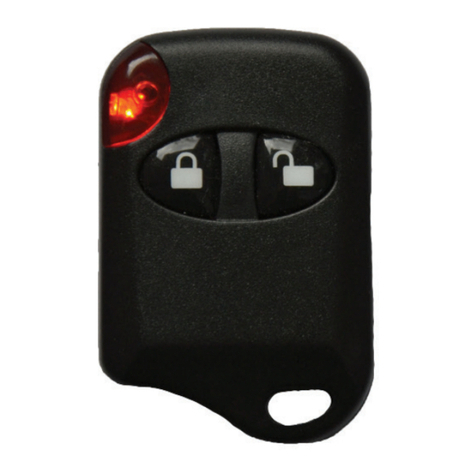8
3. Operation Instructions
Radio transmitter detection requires two complimentary steps –search and
monitoring. Search Mode enables to detect and locate the transmitters activated
to the moment. Monitoring Mode provides continuous monitoring of the radio
signals thus the transmitters are detected at the moment of their activation.
Before searching the target area all the radio signal sources should be switched
off (mobile and cordless telephones, Bluetooth, Wi-Fi, microwave ovens). To
activate the transmitters with voice control use any sound source.
Place the RF detector in the center of the room and switch on Search mode.
Gradually approach the probable transmitter locations and watch the possible
change of the signal level. Both light and sound indication can be used –the
closer to the source of signal –the higher is the frequency of flashes. The high
flash increase might indicate a hidden surveillance device.
After verification of the clean area change the mode to Monitoring and place RF
Detector at your convenience. The RF Detector should stay stable to avoid false
alarms. The alarm signal is generated when detection a threat radio signal.
The efficiency of radio signal detection in Monitoring Mode depends on correct
setting of threshold levels. The mobile phones for instance are characterized by




























